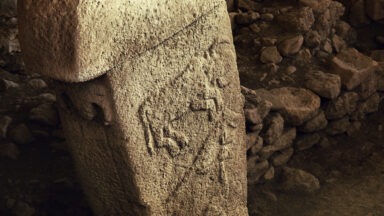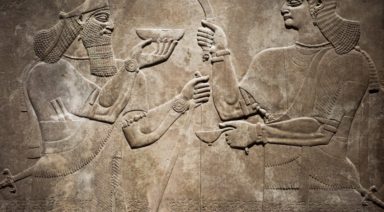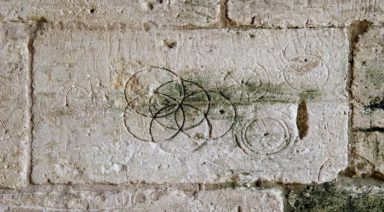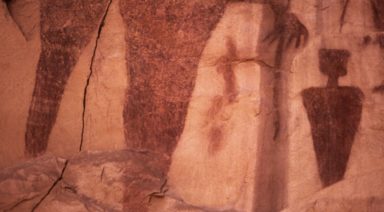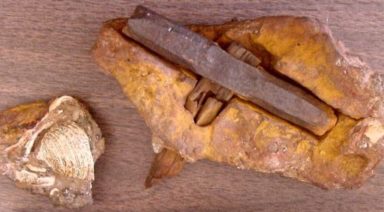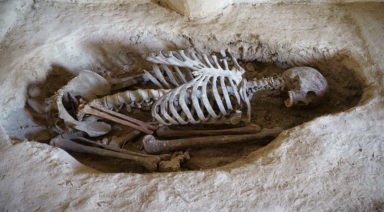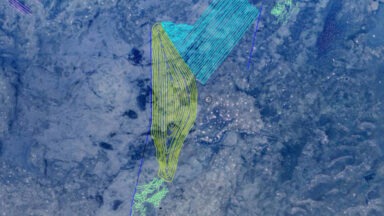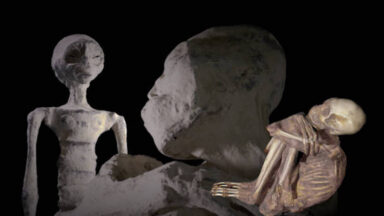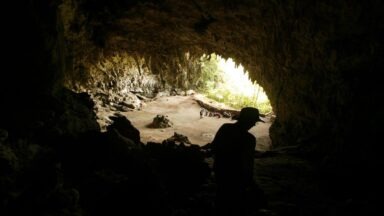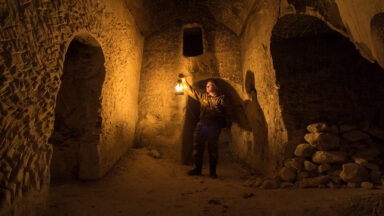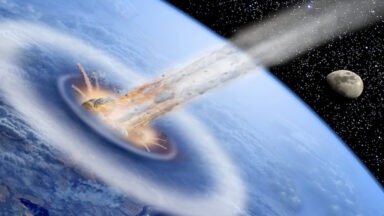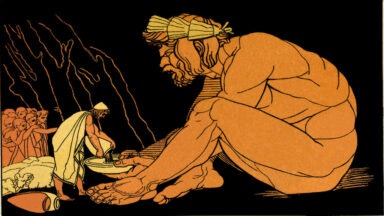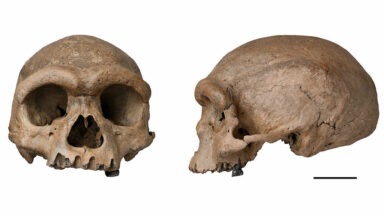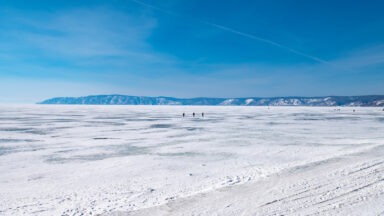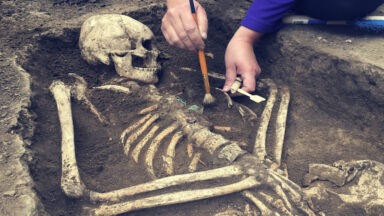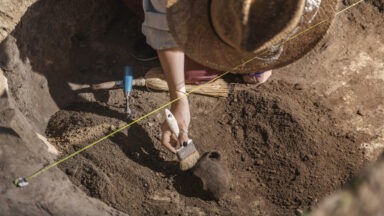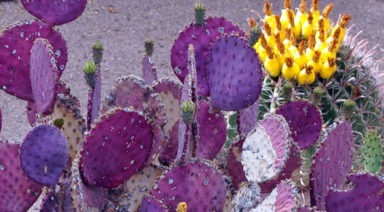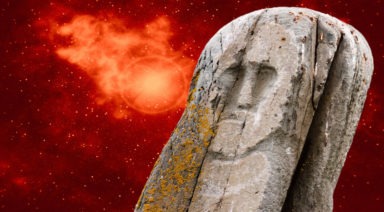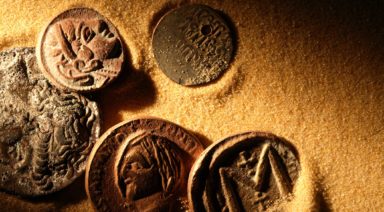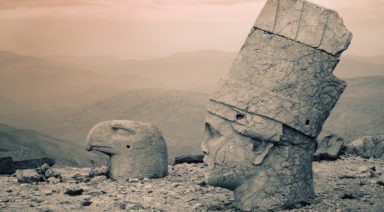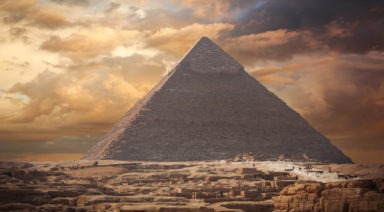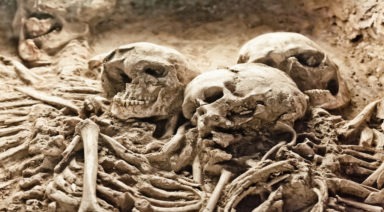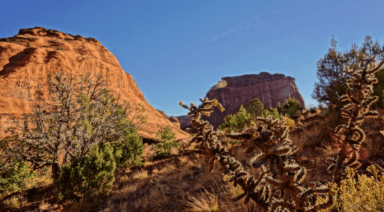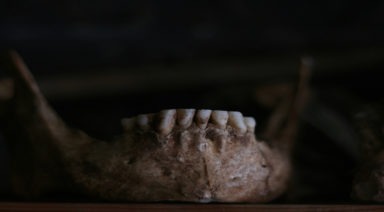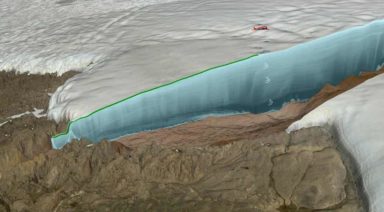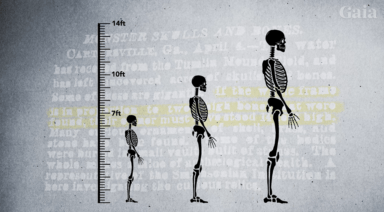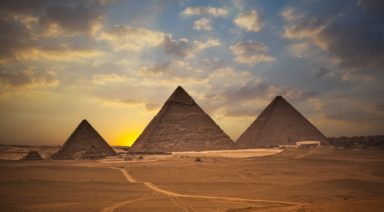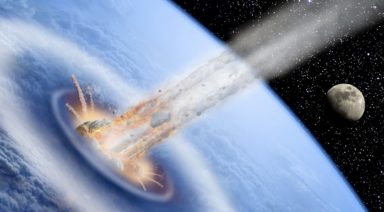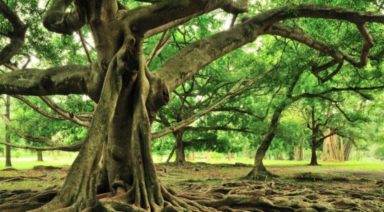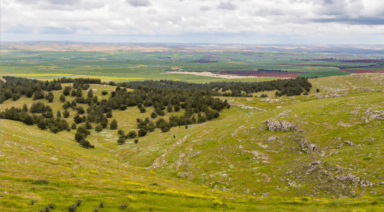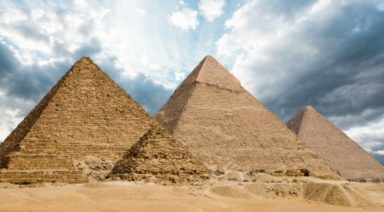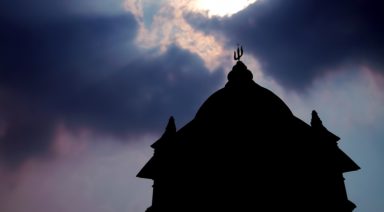Viracocha: The Great Creator God of the Incas
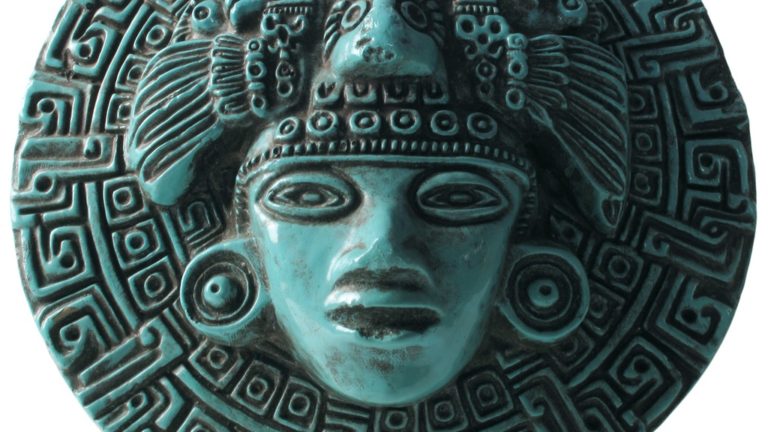
Considered the supreme creator god of the Incas, Viracocha (also known as Huiracocha, Wiraqocha, and Wiro Qocha), was revered as the patriarch god in pre-Inca Peru and Incan pantheism. His name was so sacred that it was rarely spoken aloud; instead replaced with others, including Ilya (light), Ticci (beginning) and Wiraqocha Pacayacaciq (instructor).
This reverence is similar to other religious traditions, including Judaism, in which God’s name is rarely uttered, and instead replaced with words such as Adonai, Hashem, or Yahweh. Viracocha is part of the rich multicultural and multireligious lineage and cosmology of creation myth gods, from Allah to Pangu, to Shiva. A brief sampling of creation myth texts reveal a similarity:
“In the beginning, God created the heavens and the Earth. Now the Earth was formless and empty, darkness was over the surface of the deep, and the Spirit of God was hovering over the waters.” (Genesis 1:1)
“When heaven and Earth began, three deities came into being, The Spirit Master of the Center of Heaven, The August Wondrously Producing Spirit, and the Divine Wondrously Producing Ancestor. These three were invisible. The Earth was young then, and land floated like oil, and from it, reed shoots sprouted.” (Kojiki, the Japanese “Record of Ancient Things”)
“In the beginning, there was Chaos, the abyss. Out of it first emerged Gaia, the Earth, which is the foundation of all. Next came Tartaros, the depth in the Earth where condemned dead souls to go to their punishment, and Eros, the love that overwhelms bodies and minds, and Erebos, the darkness, and Nyx, the night. Erebos and Nyx made love and from their union came Aether, the air, and Hemera, the day.” (“Gaia,” Theogony)
These texts, as well as most creation myths (regardless of origin), are centered on the common idea of a powerful deity or deities creating what we understand to be life and all its many aspects. Legendary Viracocha, the God of Creation of ancient South American cultures, and a symbol of human’s capacity to create destroy, and rebuild, and is firmly rooted in creation mythology themes.
THE LEGEND OF VIRACOCHA
Legend tells us that a primordial Viracocha emerged out Lake Titicaca, one of the most beautiful and spiritually bodies of water in the world and located next to Tiwanaku, the epicenter of ancient pre-Hispanic South American culture, believed location of spiritual secrets found in the Andes. Viracocha is intimately connected with the ocean and all water and with the creation of two races of people; a race of giants who were eventually destroyed by their creator, with some being turned into enormous stones believed to still be present at Tiwanaku.
He re-emerged from Lake Titicaca to create the race most associated with humans as we understand them today. Satisfied with his efforts, Viracocha embarked on an odyssey to spread his form of gospel — civilization, from the arts to agriculture, to language, the aspects of humanity that are shared across cultures and beliefs.
While written language was not part of the Incan culture, the rich oral and non-linguistic modes of record-keeping sustained the mythology surrounding Viracocha as the supreme creator of all things. Now much-visited ruins, the distinct structures, and monoliths, including the architecturally stunning Gateway of the Sun, are testimony to the powerful civilization that reached its peak between 500-900 AD, and which deeply influenced the Incan culture.
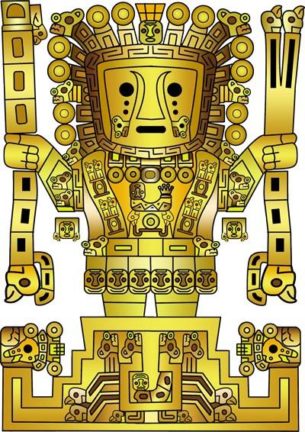
THE INCAS AND CIVILIZATION
The Incas were a powerful culture in South America from 1500-1550, known a the Spanish “Age of Conquest.” Rich in culture and complex in its systems, the Inca empire expanded from what is now known as modern-day Colombia to Chile.
The significance of the Viracocha creation mythology to the Inca civilization says much about the culture, which despite being engaged in conquering, was surprisingly inclusive. A rival tribe’s beliefs, upon a victorious conquest, were adopted by the Incas. As well, enemies were allowed to retain their religious traditions, in stark contrast to the period of Spanish domination, requiring conversion on pain of death.
The Incas, as deeply spiritual people, professed a religion built upon an interconnected group of deities, with Viracocha as the most revered and powerful. Stars and constellations were worshipped as celestial animals; and places and objects, or huacas, were viewed as inhabited by divinity, becoming sacred sites.
THE SIGNIFICANCE OF VIRACOCHA TODAY
Viracocha’s story begins and ends with water. He emerged from Lake Titicaca, then walked across the Pacific Ocean, vowing one day to return. The messianic promise of return, as well as a connection to tidal waters, reverberates in today’s culture. For many, Viracocha’s creation myth continues to resonate, from his loving investment in humanity, to his the promise to return, representing hope, compassion, and ultimately, the goodness and capacity of our species.
Ancient Complex at Karahan Tepe Older than Gobekli Tepe

New discoveries have been made at the ancient site of Karahan Tepe — this sister site of Göbekli Tepe may have just revealed its hidden origins and proved an ancient civilization is even older than once thought.
Archeologists working at the ancient site of Karahan Tepe, about 30 miles east of its sister site Göbekli Tepe, have found stunning carved heads, standing stones, buttresses, and what appear to be snakes prominently carved into the earth. The dig is being led by the University of Instanbul and in their official report point out that, not only are these and other neolithic structures the beginning of architecture but also held a symbolic purpose. Writing, “[T]hey also bear traces of the conceptual transformation of the space. It is during this period when the building was instilled to mean something other than a space to live in, whereby the construction of the first shelters was followed by that of ‘special structures.'”
Science and history writer Andrew Collins, has visited and studied Karahan Tepe since 2004 and has seen these special structures up close.
“The main structures were all what they call ‘subterranean,’ they would cut deep down into the bedrock. One was a huge elliptical stone enclosure,” Collins said. “Clearly, this was an amphitheater for ceremonial ritual activity. Yet this connected via a hole that is 70 cm in diameter into a very strange room containing 11 stone pillars, ten of which are actually carved out of the bedrock itself, and sticking out of the wall of this room that I call the Pillar Shrine, is this elongated neck with a head on the end of it — this carved stone head. This confined room is somewhere initiates or people looking for connection or communication with some kind of otherworldly force or influence or diety would come to do their attunement in altered states of consciousness.”



